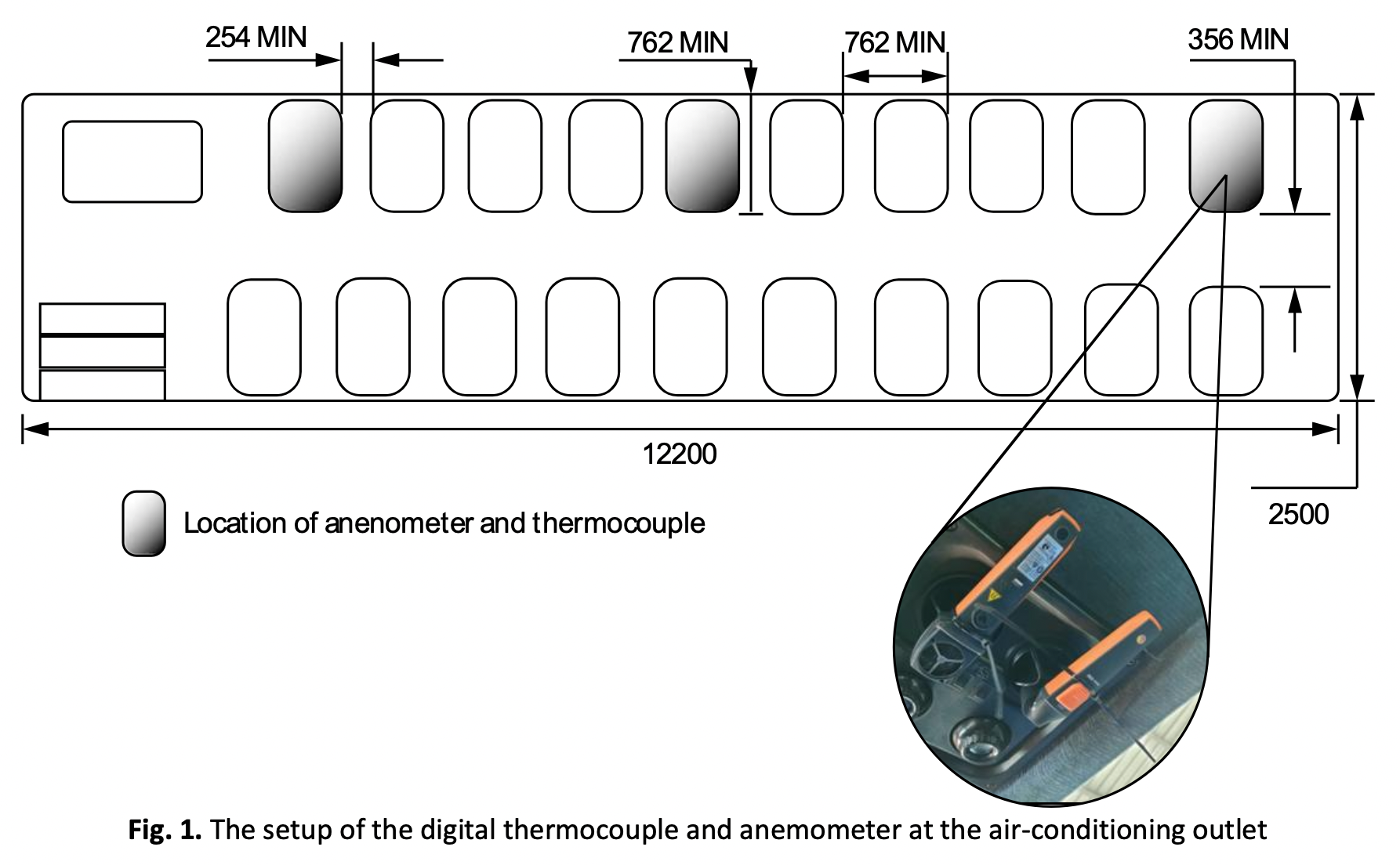A Study of the Effect on Air Velocity and Temperature by Altering the Shuttle Bus Parameters
DOI:
https://doi.org/10.37934/arfmts.107.1.165173Keywords:
Air velocity, temperature, shuttle bus, air-conditioning, thermal comfortAbstract
The purpose of this research was to assess thermal comfort by analyzing the temperature and air velocity of a shuttle bus while changing factors such as bus speeds and regulator speeds. Data were collected at the front, middle, and back seats using a thermocouple and anemometer mounted to the air conditioning outlets. The goal was to understand how air velocity and temperature behaved to supply cooled air within the bus cabin when the vehicle and regulator speeds were increased. The results revealed that when the regulator speeds increased from minimum to maximum, the air velocity recorded at the front, middle and back seater decreased. When the bus is accelerated from 20 km h-1 to 60 km h-1, the air velocity drops from 4.1 m s-1 to 1.4 m s-1. The overall temperature was able to decrease when the bus speeds were accelerated from 20 km h-1 to 60 km h-1. In all conditions, the lowest temperature was observed mainly at the front seater, which reflected from the evaporator blower location.
Downloads

































